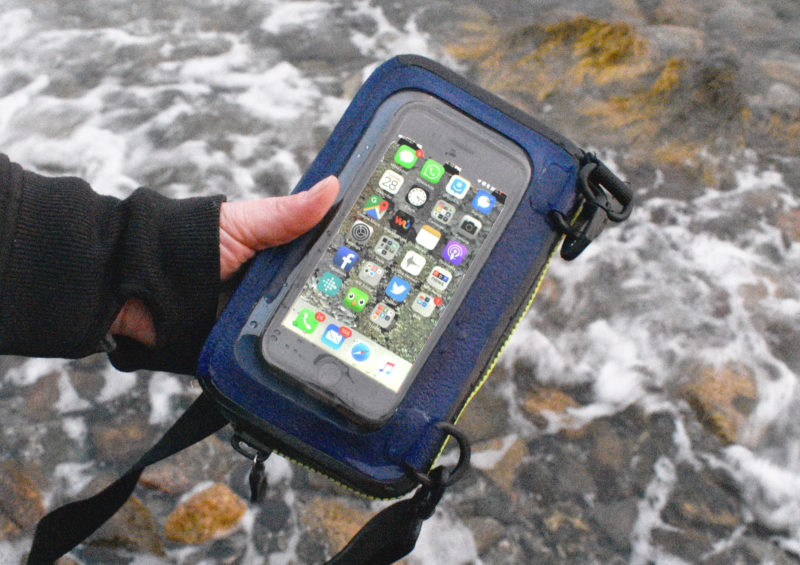 photographs by James Bartick
photographs by James BartickThe Ugo’s laminated fabric includes a layer of foam, so the case doesn’t depend entirely on the enclosed volume for buoyancy. All of the seams are RF welded rather than sewn.
I’ve had a snap-on case for my phone and a roll-and-clip style drybag for a few other things, and both left a lot to be desired— the former’s seals failed in less than a year, and the latter turned out to be not-so-dry when I was swimming ashore from my boat at anchor. Ugo has made a superior, truly dry case for my phone, which does duty as a navigation device, text messenger, journal, emergency beacon, and social-media hub.
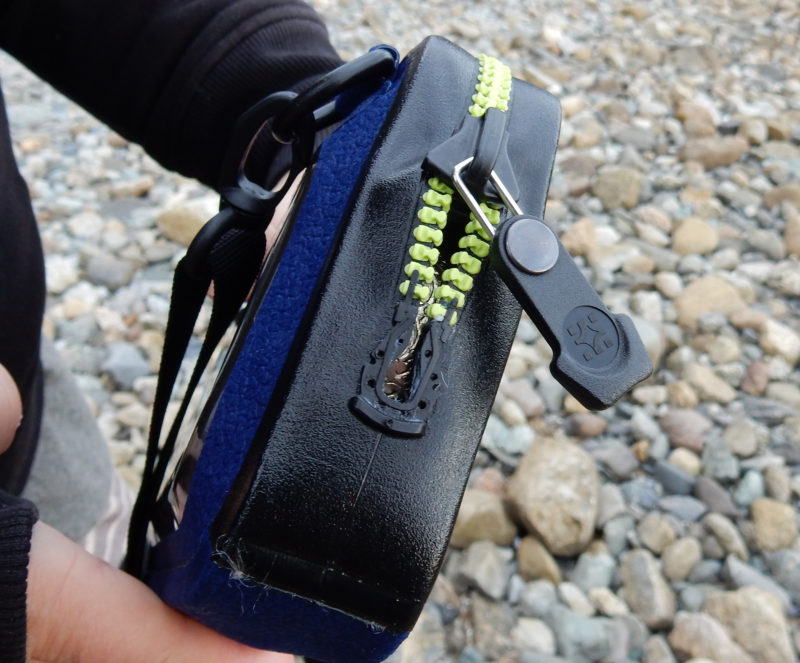
Pulled up tight against the stop, the Tizip zipper creates a waterproof seal that the manufacturer had tested to a depth of 15′. The Ugo won’t sink, so the zipper won’t be subject to water pressure in normal use.
The Ugo has a single Tizip waterproof zipper, smaller than the waterproof zippers on drysuits but equally reliable, and has an IP68 rating and was tested to be submersible to 15′ for 24 hours. There is flotation between the layers of the back panel, which will still buoy the bag with up to three phones in it, so in normal use it’s not going to be subjected to pressure at depth. My iPhone 7 itself has a rating of IP67 (submersible to 1 meter for 30 minutes), but I regard that as a measure of protection against accidental drenching and dunking, and not suited to regular exposure to water, particularly salt water.
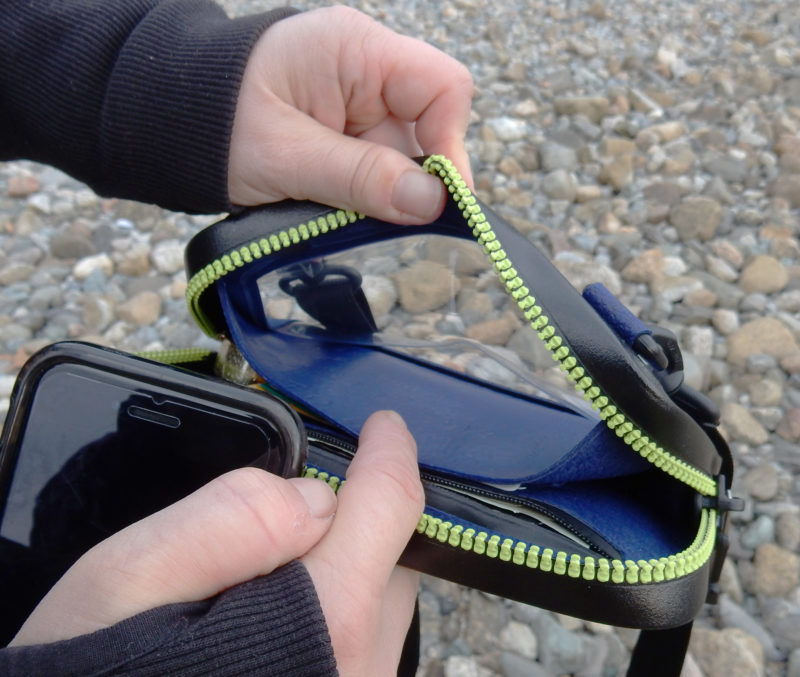
The compartment for a smart phone has a window that allows the use of the phone’s touch screen.
The zipper allows for a clam-shell opening for easy access to the contents. On the front of the bag there are two D-rings perfect for hanging my phone from a gunwale via carabiner with a navigation app open. Inside the Ugo, there is a pouch to hold the phone up to the clear front surface, and on the back of the divider are some credit-card-sized slots. Then there’s a main pocket area about 1″ wide, and finally there’s an inner zippered pocket that is quite slim, but suitable for cash, business cards, or anything else you’d want tamed with a zipper.
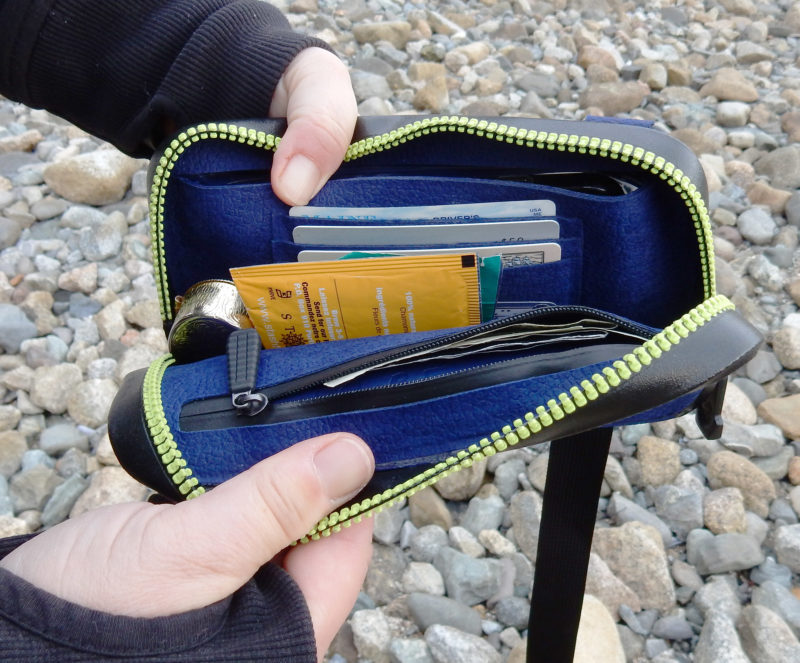
Behind the compartment for the phone there is a space to organize ID, credit cards, cash, and your stash (tea).
When I made phone calls with the phone in the Ugo, I could hear and be heard just fine. I could take video with the front camera and record sound with very little muffling, and of course, I could take selfies. Also on the plus side, I don’t have to remove my phone from its impact-resistant case to use the Ugo, which makes it more convenient to use than smaller, tight-fitting waterproof bags and cases.
The Ugo does have some downsides. The camera on the back of the phone is enclosed by the Ugo and can’t be used. My phone’s fingerprint identification function didn’t work through the Ugo window, so I had to turn that locking function off, and I had to press the home button quite hard to wake my iPhone, but those are acceptable inconveniences for the serious protection offered by the Ugo.
I often row a dinghy in rough, wet weather to get out to my boat and to take the dog ashore while I’m cruising. I also row for adventure. My Ugo provides compact flotation and impact protection for my phone, the medications I carry, and important papers. I can chuck it into the bottom of the rowboat without a worry.![]()
Anne Bryant is WoodenBoat’s Associate Editor.
Ugo is available at Ugowear.com for $129.
Is there a product that might be useful for boatbuilding, cruising or shore-side camping that you’d like us to review? Please email your suggestions.
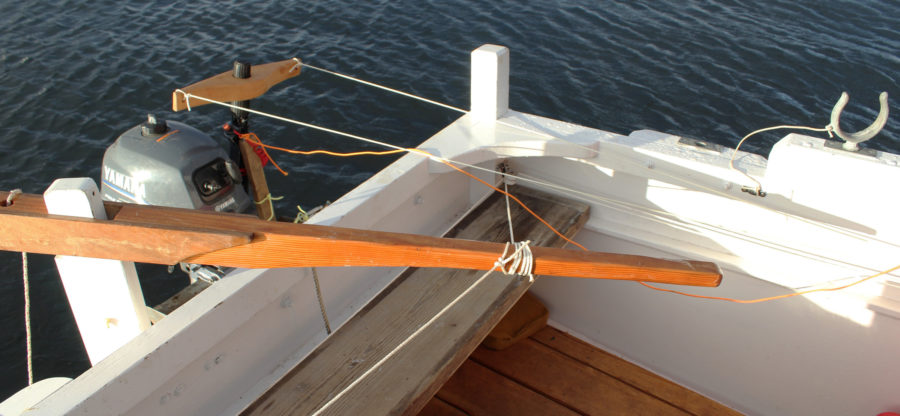
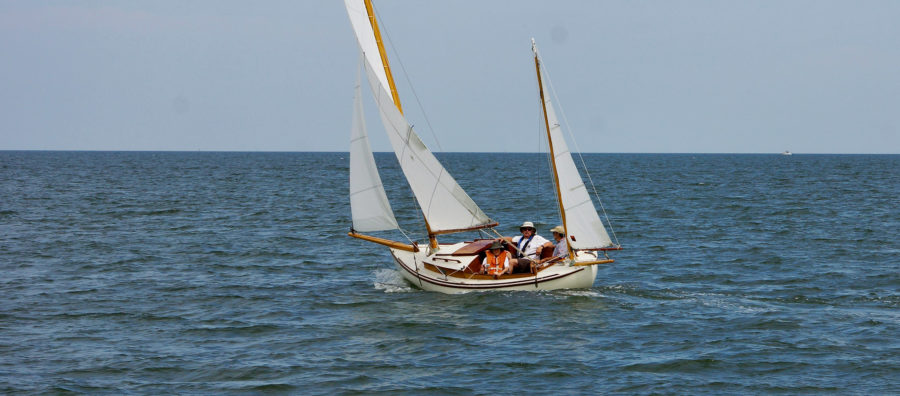

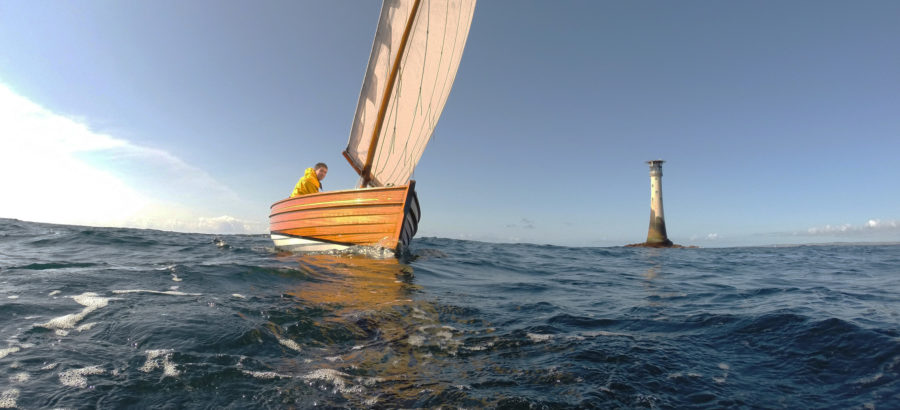
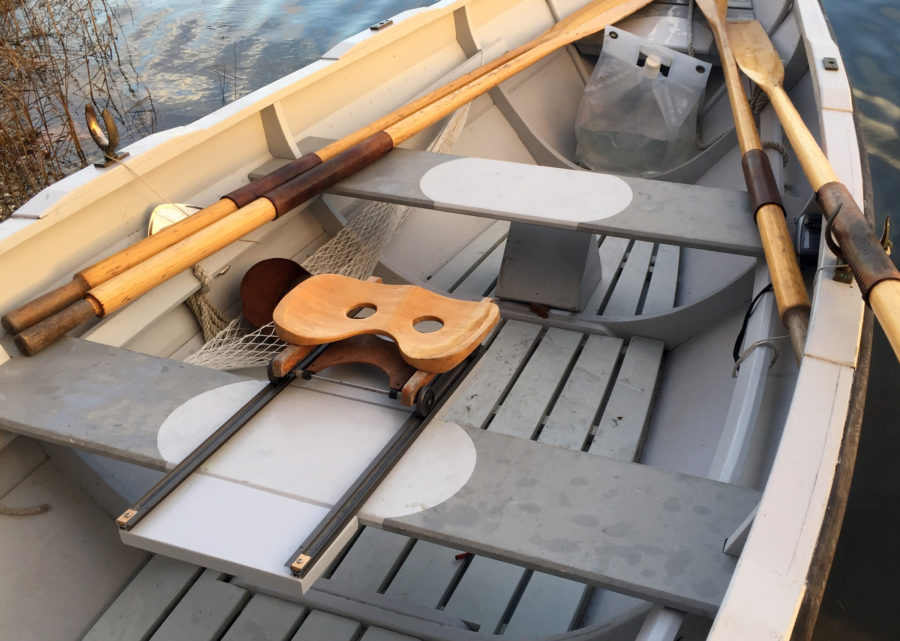
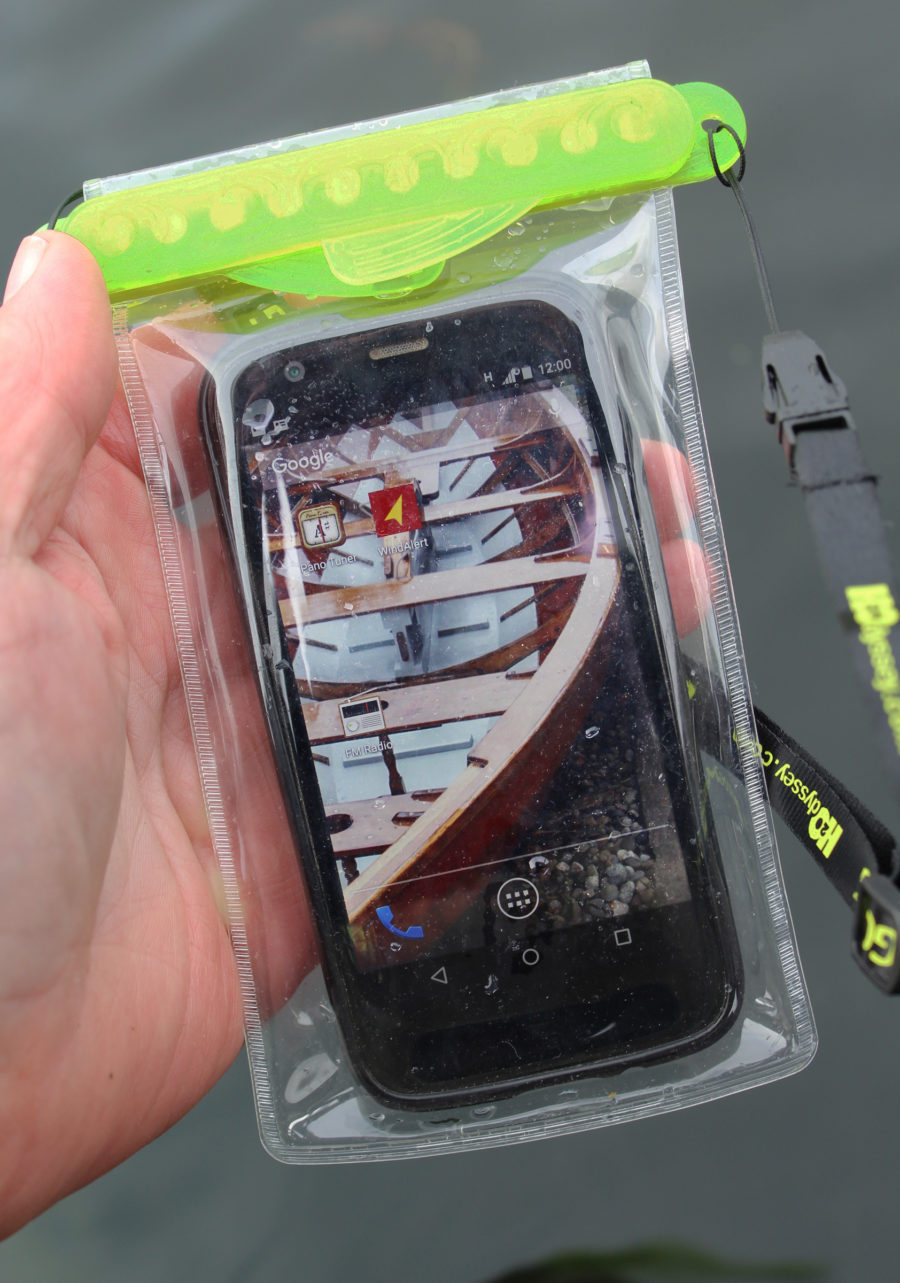
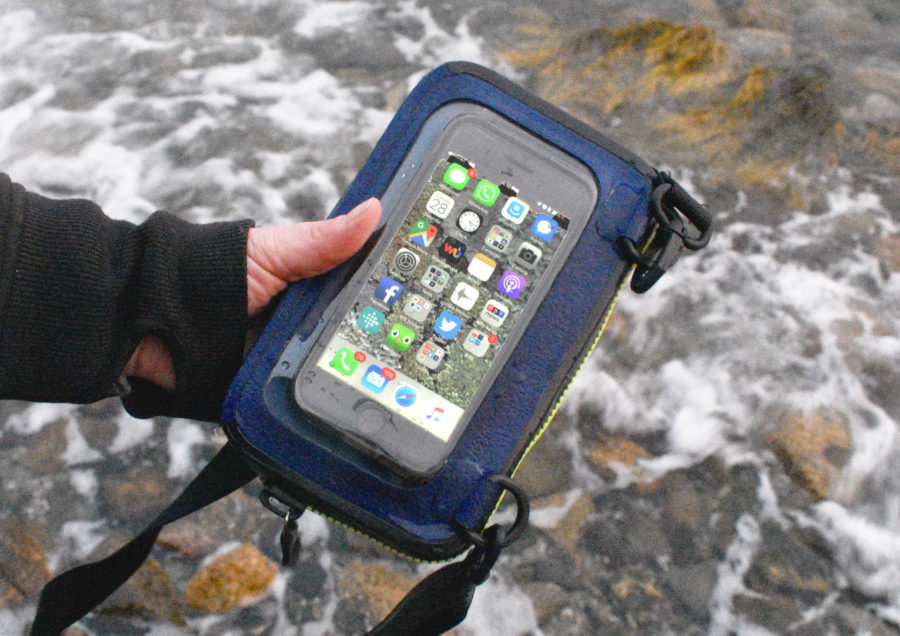

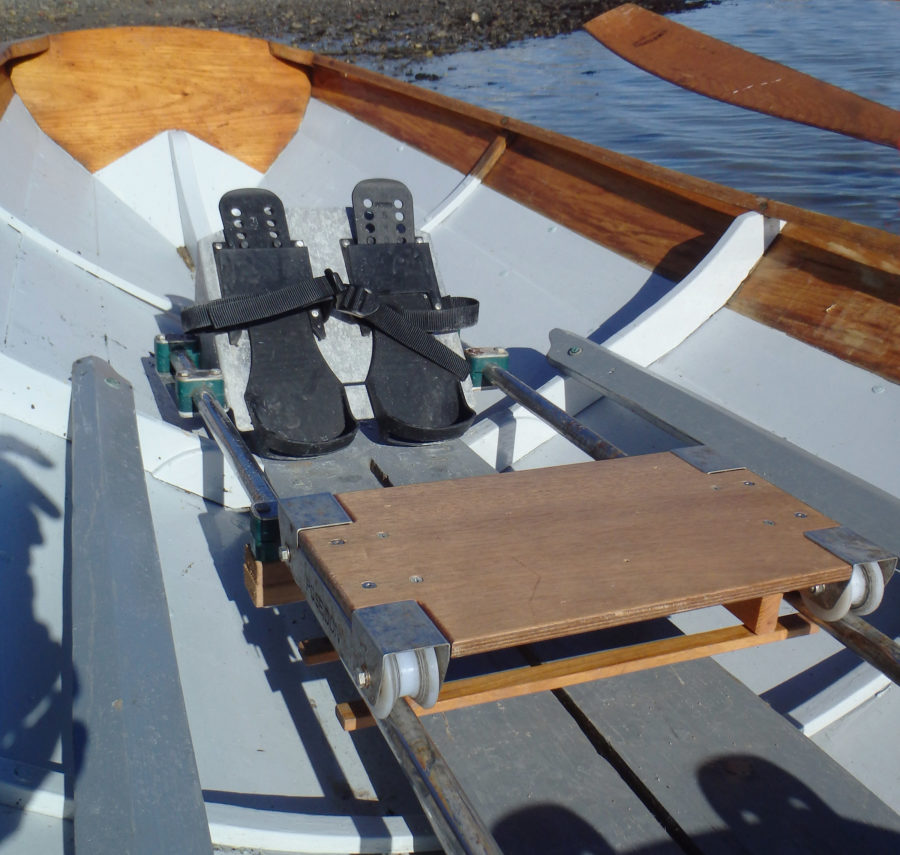
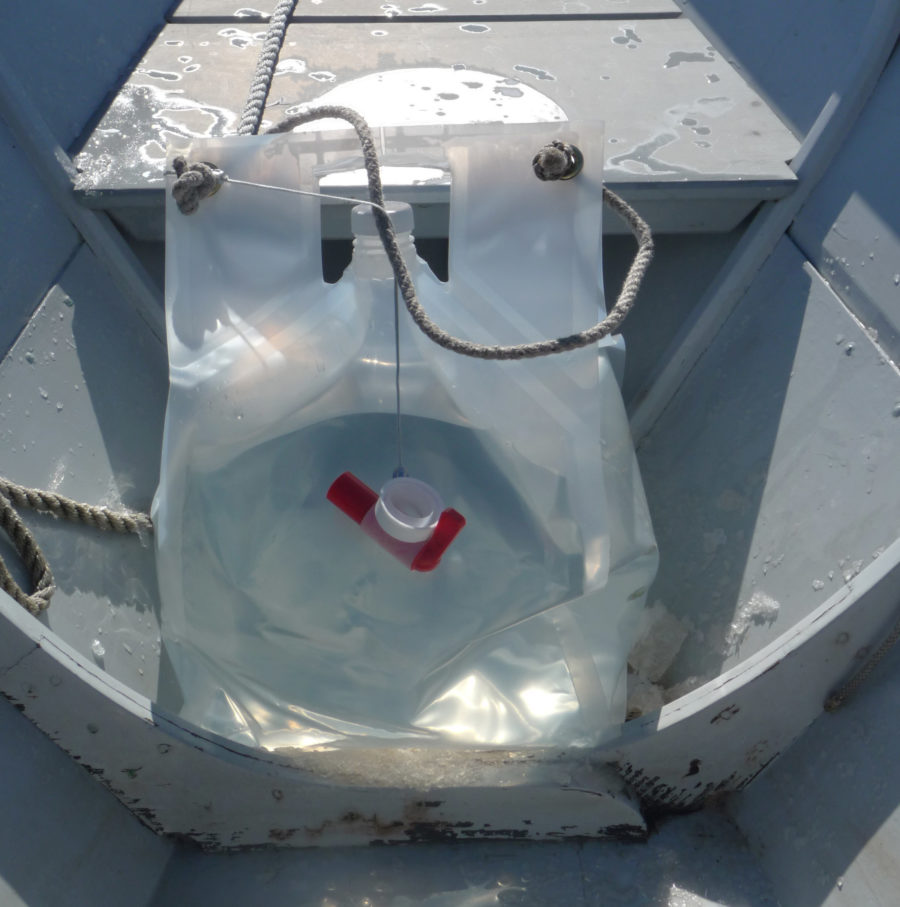
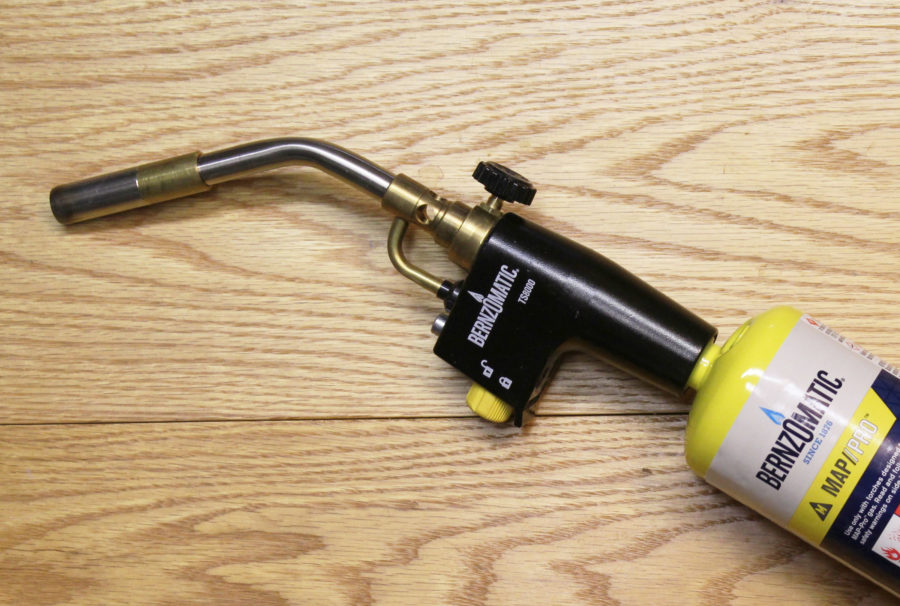
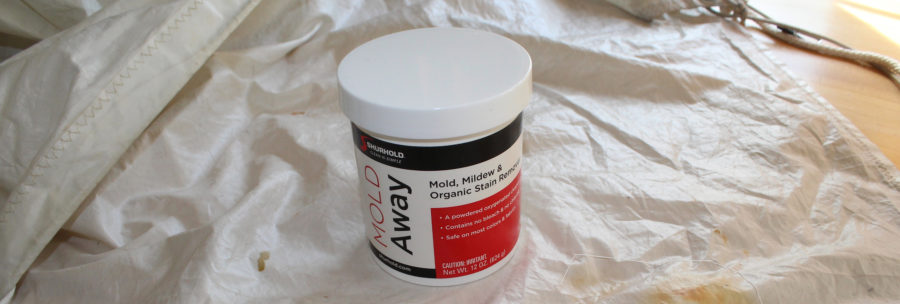
This could replace my almost worn out belt pack that goes with me driving the Maine Island Trail skiffs. Thanks for finding it.